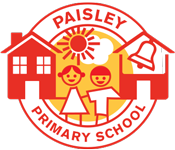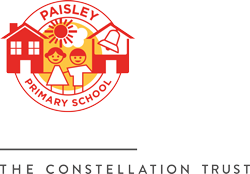

Our GEOGRAPHY curriculum
Intent
The Geography curriculum at Paisley is structured on six key concepts:
- Locational knowledge
- Place knowledge
- Navigation
- Fieldwork
- Human geography
- Physical features and processes
These concepts are revisited through different year groups as children move through the school to deepen their understanding and build their understanding progressively. Units are planned so that hierarchical knowledge is learnt at the appropriate points and further learning is cumulative each year.
Second order concepts are also developed across the curriculum to give children the knowledge and skills needed to communicate their understanding and relate their knowledge to real world examples.
Learning wherever possible is linked to the local area, however, the school understands the importance of providing a wider aspect of Geography too, to improve the children’s understanding of the world around them. In addition, every opportunity is given to promote the acquisition of language, vocabulary and to develop their speech and language skills.
In addition to the development of geographical knowledge, fieldwork is an integral element of the geography curriculum. Wherever possible, children are given real world opportunities to observe physical and human features, collect data and take measurements which can be used to make comparisons and draw conclusions.
Implementation
To deliver the key concepts, second order Geography concepts are taught and applied through each unit and build progressively as pupils move through the school. Pupils will also explore Geography through these second order concepts in all year group promoting consistency across the school. A Geography progression document identifies the key knowledge and objectives required for each phase to teach all of the key concepts to the children. Due to mixed year group classes, these objectives are ordered over a two year cycle so that learning is embedded and deep and all pupils can achieve.
Sequences of lessons are provided by the subject lead for Geography and are structured around a teaching sequence. At all times opportunities to develop vocabulary, written and oral expression and speech and language are promoted. Expected outcomes are provided for all staff.
The Geography curriculum makes full use of resources within the immediate and wider local area enabling children to develop a deep understanding of the geographical history of Hull. The coast, fishing ports, River Hull and local museums all form an important part in enriching the children’s understanding and broadening their knowledge.
By the end of EYFS children will:
Begin to understand how they are part of their own locality which is part of a bigger world. They will learn about different people and communities and use speaking, listening and understanding to develop and explore these in greater detail linked to broad overarching topics.
By the end of Key Stage 1 children will:
Use and make a range of geographical resources such as photos and maps to locate features in their locality and the world. They will understand the principle of directions and look at land use, climate and physical features of Great Britain and other locations in the world. Children will begin to understand also their own impact on the world.
By the end of Key Stage 2 children will:
Be able to compare their own locality to different locations around the world. They will conduct simple fieldwork to exemplify common geographical processes and develop an understanding of map work such that these features can be examined and identified in a wider context. Children will gain knowledge of the impact of humans on the landscape and recognise the impact of themselves and that of nature in shaping the world in which they live.
All children have access to the Geography curriculum with work being tailored appropriately for children with SEND. Children will learn through similar activities, with final outcomes modified to suit all needs.
Impact
The impact of learning is measured against the key concepts and key objectives within sequence of learning and is a measure of how much knowledge has been acquired. This may be through use of quick quiz assessments or longer written or oral outcomes to demonstrate understanding.
Assessment is stored using the Integris assessment system, which provides a clear overview for the subject lead of standards across the school.
Regular monitoring of work and pupil voice is used to moderate judgements which are made, and where learning is not secure, additional learning takes place to address this.
Further information
